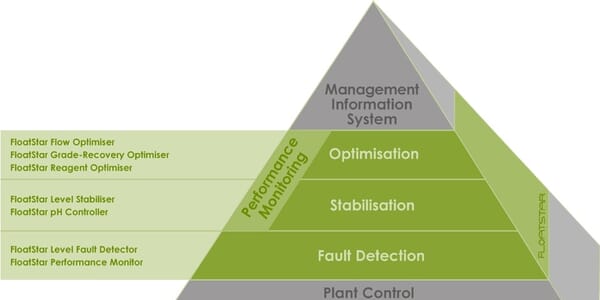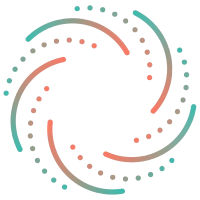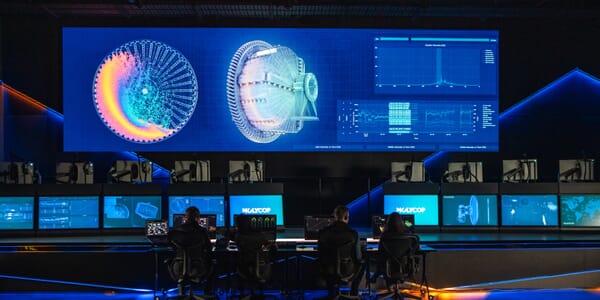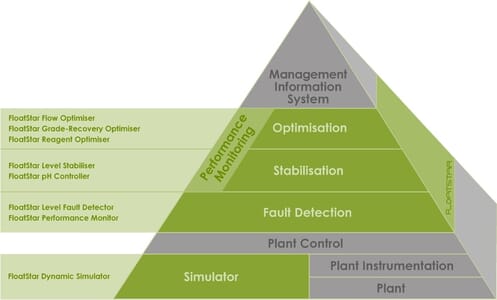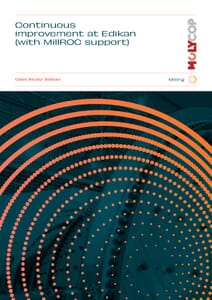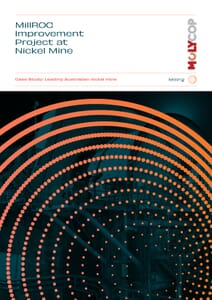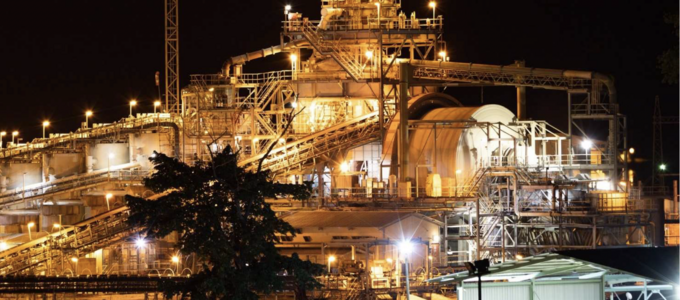Due to the complex nature of milling circuits, conventional control often does not address many of the common problems experienced. Among the problems faced are:
- long process response times
- multivariable interactions and disturbances
- non-linear systems with varying dynamics
- constraints on variables
- lack of reliable process measurements.
The MillStar Advanced Control System, from Mintek, boasts a typical payback period of just a few months. MillStar allows you to:
- stabilise the mill feed
- control product quality to the downstream processes
- optimise throughput and grinding efficiency
- provide a robust control solution.
Milling is a highly interactive dynamic system that is constantly changing. With MillStar Model Based Control it is possible to predict future behaviour and stabilise your circuit.
Benefits of MillStar
MillStar provides a number of advantages:
- Maximised throughput
- More consistent feed to downstream processes – therefore, increased recovery
- Optimal use of mills
- Individual customisation
- Improved control of mill feed rate
- Better management of fine and coarse material, thereby preventing mill overloads
- Robust control solution for effective milling.
Milling feed control
The smooth operation of a milling circuit is difficult to achieve due to the varying nature of the feed material and the unfavourable dynamics between feeders and the weightometer. These dynamics degrade the performance of the PID controller, making feed optimisation more challenging.
MillStar’s Mill Feed Controller will compensate for the feed dynamic by modelling feeder responses, adapting for any model errors, and adjusting the feeder speeds in a desired ratio.
Power optimisation
For the most productive milling operation it is often best to operate close to the maximum mill power draw. The power-load relationship is highly non-linear and shifts around as the ore and steel load/liner changes. Traditional control and modelling techniques can therefore not be used. Mintek has developed a Power Optimiser that:
- continuously ‘seeks’ the optimum mill operation by changing the solids feed or load setpoint
- uses the changes in the mill load and power to automatically detect whether the mill is overloaded or underloaded
- uses safety controllers to change the solids feed rate and feed water to prevent mill overloads
- estimates the power load curve and optimum load.
Mill Discharge Control
The MillStar Sump/Product Stabilisation focuses on:
- taking into account multivariable interactions between input and output mill discharge variables
- controlling the sump level and cyclone overflow product size and/or density
- minimising flow variation to the downstream processes
- optimum usage or surge capacity of sumps, hoppers and conditioning tanks
- handling constraints of the sump level (to prevent pump surging and spillage) and cyclone density (to prevent pipeline chokes and pressure variations).
Mintek has developed a Model Predictive Controller (MPC) specifically for controlling milling circuits, which offers the following advantages:
- Fully-fledged multivariable controller can efficiently eliminate interaction between variables
- Explicitly handles limits on input and output variables to ensure all variables are kept within their allowed operating range
- Very efficient in handling long time delays and slow-reacting processes
- Special features to handle noise, integrators and model errors.
Discover the benefits that MillStar offers by efficiently stabilising and optimising your milling circuit.



